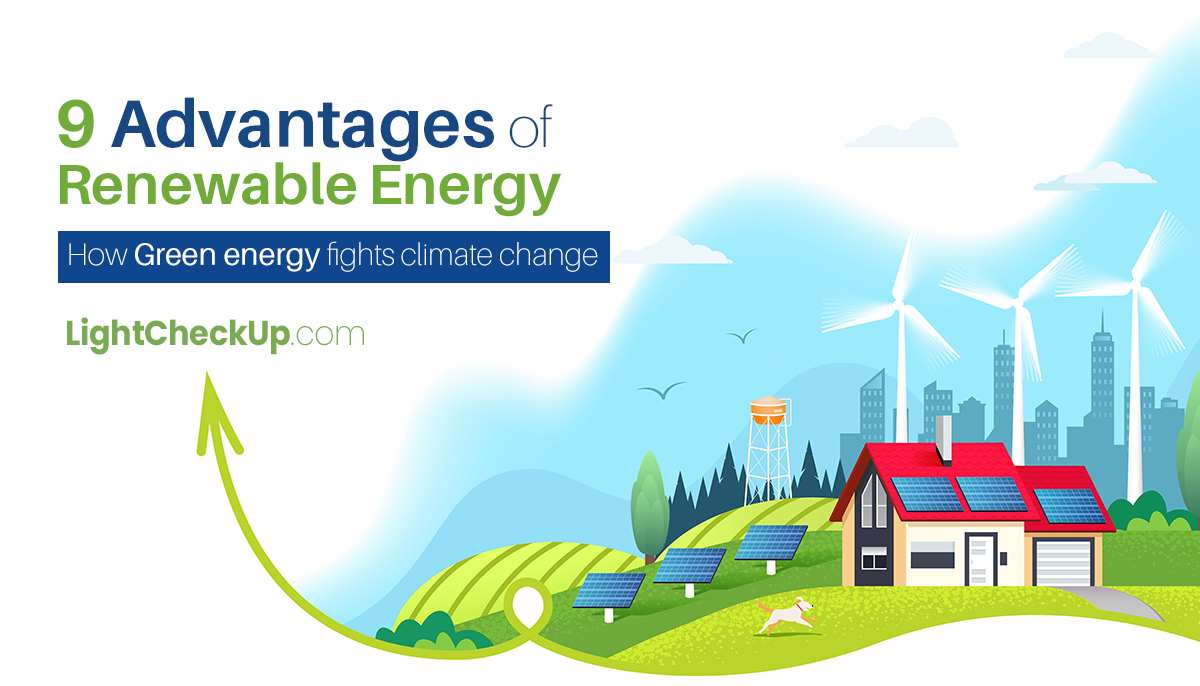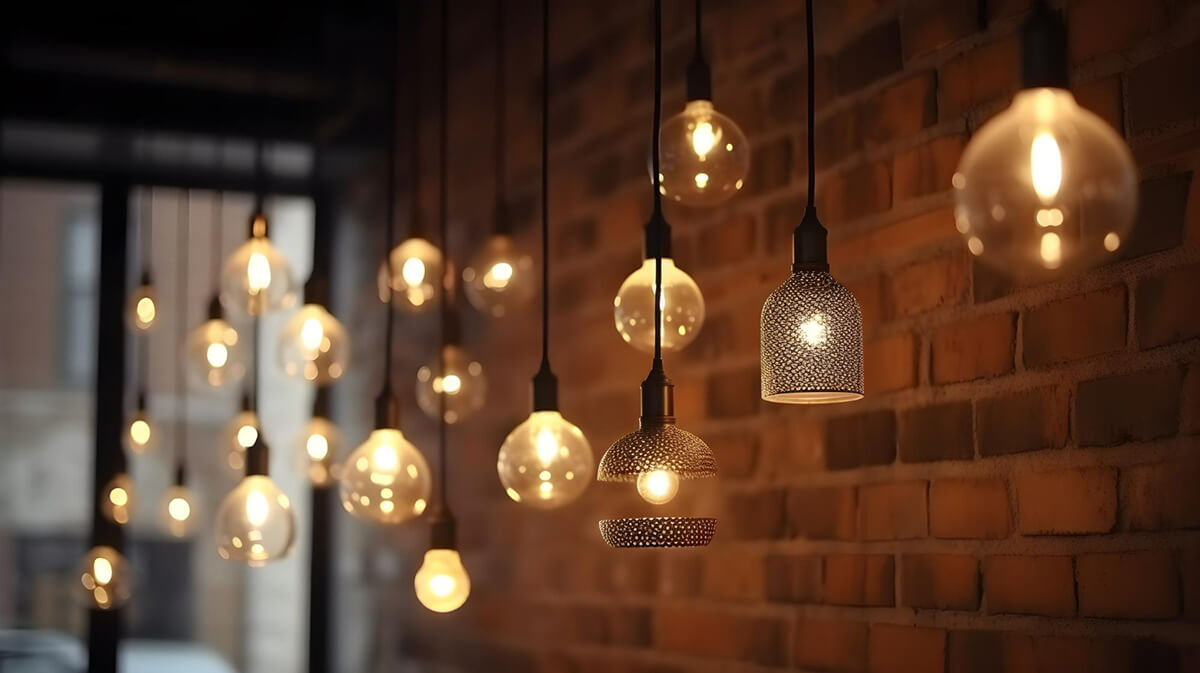LED outdoor lights not working? Or got trouble with your garden solar landscape lighting. I’ll share some easy troubleshooting landscape lighting tips.
I understand the common frustration when half of your landscape lights are not working. Or you can’t get your Hampton Bays outdoor lights to turn on. From why your low voltage lights don’t work to how to repair landscape lighting wire, you’ll find it all here.
Additionally, you’ll learn about troublesome landscape lights that turn on and then off.
After reading these tips, I hope you will have all the information you need to illuminate your outdoor space in a beautiful manner.
6 Troubleshooting Landscape Lighting

Power Connection and Transformer Issues
Make sure the transformer is plugged in and getting power. A loose connection or a faulty outlet can prevent lights from turning on.
How do you troubleshoot a defective transformer?
If all lights are out, it may be a transformer issue. You might want to check if the transformer’s built-in circuit breaker is set to trip. It can stop the electricity from getting to the lights.
See if there are any burnt wires or melted plastic on the transformer. Replace the transformer if necessary.
If you are not comfortable, you may contact a technician.
Timer and Control Settings
Make sure your timer’s on. Lights sometimes don’t turn on because the timer is off. Reset your timer if the settings seem off. Follow the manufacturer’s instructions to reprogram it.
Remember, power cuts can mess up timer settings. After a power outage, always check and reset your timer. Make sure your photocells aren’t blocked by dirt or debris. The photocell can’t work if it’s blocked.
Try the manual override function. This bypasses the timer and can help you test if the lights work otherwise.
Wiring and line issues
The most common cause of landscape lights not working is wiring and lines. Here’s a brief guide to tackling these problems:
Check the Wiring.
Regularly check the wiring for visible damage, such as cuts or frays. You can lose power if your wires are damaged.
Look for line breaks.
Sometimes, wiring is damaged due to gardening activities or weather conditions. A break in the line will make your lighting to become dark.
Tight connections
Ensure all wire connections are tight and secure. Loose connections can lead to intermittent lighting or complete failure.
Check for corrosion
Over time, wires and connections corrode, especially in damp conditions. Corroded wires need cleaning or replacement.
Use the proper connectors.
You need weatherproof connectors for Boundary Outdoor Solar Gutter Led Lights to keep the wires dry.
If you’re not comfortable working with electrical wiring, it’s wise to seek professional assistance to avoid safety risks and ensure proper repairs.
Bulb and LED Functionality in Landscape Lighting
It’s crucial to keep your landscape lighting bulbs and LEDs in good shape. You can handle bulb and LED functionality like this:
Bulb replacement
Check your bulbs for signs of dimming or burning out. Replace burnt-out or dim bulbs promptly to maintain lighting quality. Always keep a stock of spare bulbs that match the size and wattage of your existing lights for quick replacements.
LED Lighting Check
Don’t forget to connect your LED lights correctly. A loose connection can cause lights to malfunction. Make sure your transformer powers your LEDs. LEDs can flicker if they don’t have enough power.
Replace any LED bulbs that don’t work despite proper power and connections.
Maintaining both traditional and LED lights in your landscape lighting setup will ensure a beautifully lit outdoor space.
Issues with connections and corrosion.
Corrosion can significantly impact landscape lighting performance. To tackle this,
- Check all electrical connections frequently for corrosion.
- Use wire brushes to clean the corroded areas. It maintains good electrical contact.
- Anti-corrosion Treatment: Apply anti-corrosion compounds to the connections. This acts as a protective layer against moisture and other corrosive elements.
Connectivity upgrades
Consider upgrading to a more durable connection. The most efficient outdoor lighting uses all-brass or heat-shrink connections. Their durability and reliability are enhanced.
By proactively managing corrosion and upgrading connections, you can significantly extend the life and efficiency of your landscape lighting system.
Environmental factors
Landscape lights often face challenges from nature, like animals, insects, and harsh weather. To protect them,
These critters can damage your lights’ wiring. Keep an eye out for damage. Use simple pest control methods to keep them away. Make sure your wires are tucked away and protected.
Rain and moisture can harm your lights. Use waterproof connectors to keep water out. Choose lights that handle rough weather. Keep an eye on your lights, especially after storms or heavy rains, and fix any damage quickly.
Take these steps and your outdoor lights will stay safe.
Read Also: Tips For Installing Solar Light For Home Outdoor
Regular Maintenance and Upgrades for Landscape Lighting

You’ll need to keep your landscape lighting in good shape and, sometimes, consider upgrades to make it work better:
Your lights can dim because of dirt and debris. Make sure your fixtures and lenses are clean so your light is consistent and bright. You can often fix it with a soft cloth or brush.
You might want to consider upgrading your lighting system if things aren’t going well. A modern, more efficient system, especially one that uses solar power, can be more reliable and cost-effective long-term. You’ll also get better performance and less maintenance hassle with an upgrade.
Maintenance and upgrades will make your landscape lighting look better and work better.
FAQs about troubleshooting Landscape Lighting
How to test LED landscape lights?
Use a multimeter to check the voltage at the bulb’s socket. Ideal outdoor lighting voltage is between 12 and 10.8V.
Cost of replacing a transformer?
Typically, it costs between $100 and $200, excluding labor charges. Labor costs can range from $50 to $100 per hour, depending on the size and complexity of the job. Some factors that may affect the cost of a transformer replacement include the location, the size of the transformer, and the complexity of the installation.
Can I install landscape lighting myself?
Yes, but if you’re not familiar with electrical work, hiring a professional is safer and ensures compliance with local regulations.
What is the best way to choose landscape lighting?
Consider the light source (ambient, task, or accent). Next, consider your home’s style compatibility, durability, weather resistance, and energy efficiency.
In conclusion, follow these Troubleshooting Landscape Lighting steps to maintain your landscape lighting. When you’re unsure, consult a pro to get peace of mind.








